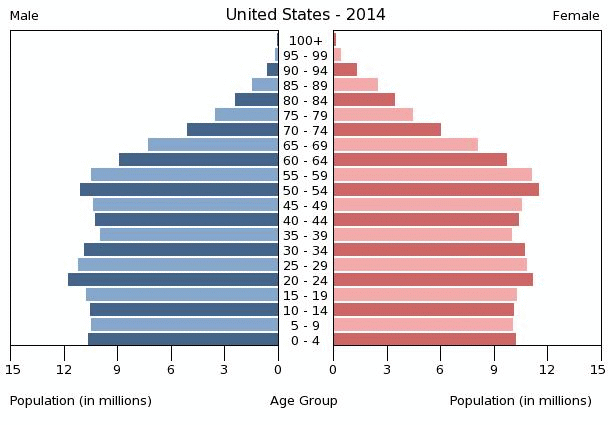A commenter noted:
"Most unemployed lost benefits long ago and are no longer counted among the statistics or percentages. Makes 'unemployment' look great when in reality it's not."
That is an oft-repeated point, and so I found myself curious about it. I looked at the labor force participation rate over time on BLS.gov (it's impossible to find by navigating the site, and there's no direct link, but if you google labor force participation over time you get right to it).
 The graph at the left shows the rate from 1960 to now. The first mark on the Y
axis is 60%; the top of the scale (which we never quite reached) is
67.5%.
The graph at the left shows the rate from 1960 to now. The first mark on the Y
axis is 60%; the top of the scale (which we never quite reached) is
67.5%. Overall, participation went up steadily (with a few bobbles) from around 1970 to 1990. This is the period when women were entering the workforce in larger numbers (or just refusing to leave when they got married/had kids). It peaks, but only gently, around the dot-com bubble, and starts sliding downward right about 2008, when the bottom fell out of the market.
So yes, labor force participation has dropped off since the crash, and in a steady way that certainly looks like people basically "aging out" of the tally.
But there's one further factor to consider: the population pyramid.
The bulge of the Baby Boomers has just started to cross the 65 threshold. How much of that drop-off are long-term unemployed, and how much are people who figured this is a decent time to get out anyway, since they're retirement age?
There's also the impact of the ACA. That will be more visible in the coming years, but certainly, with the ability to buy HMO and PPO coverage individually off of health insurance marketplaces for comparable prices to group employer insurance, regardless of existing conditions, some people who only held jobs so they were eligible for insurance have and will continue to leave the force. Leading up to HIE implementation, the CBO estimated that would be about two million full-time equivalents (where one person working full time is one FTE, and two people each working 20 hours a week is also one FTE).
What absolutely none of this addresses, however, is underemployment. I think it likely that the biggest issue isn't people who are no longer counted in the workforce, even though they need to support themselves or their families... but people who are scraping by on jobs that fail to make any reasonable use of their skills and education. Jobs that pay less than they used to, for the same work. People with Bachelor's degrees praying for a minimum-wage boost so they can get their car fixed, finally. To a large extent, the jobs we're regaining are simply the wrong jobs. I think it's this, more than anything else, that leaves people unsatisfied to hear "Unemployment drops to 5.1%." It just doesn't look that way from down here.

